Immersive projections and installations
Videomapping installations and screenings are rapidly evolving into the new scenario of immersive technologies: digital content are presented outside the screens, directly in the environment around us. Founded in theme parks, major events and contemporary art, immersive installations are now used on an urban scale in tourism, in dedicated rooms in museums, retail outlets, fairs and schools. Installations and projections are suitable for the collective use of digital content, both in dedicated environments and on existing buildings.
Immersive museum
Museums and exhibitions are one of the most suitable contexts for immersive installations. The immersive spaces can be complementary to museums, for example by acting as an introductory area, or set up the museum itself, which becomes a pure multimedia experience.
At the Unesco Brescia site,Carraro LAB has integrated 6 virtual technologies into the installations and visitors experience.
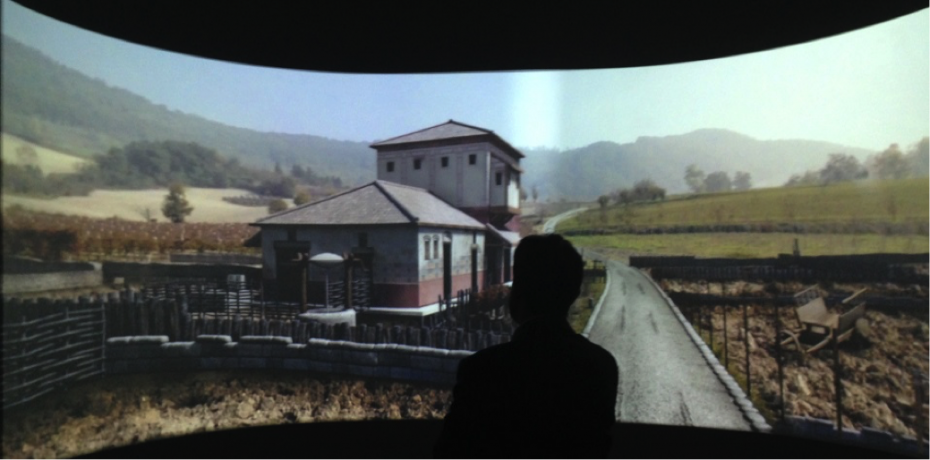
Oculus Room
The advent of virtual reality viewers has developed a new concept of immersive set-up: special revolving seats, fixed to the ground, allow the best use of applications for Oculus and other VR headsets.
The individual workstations in the oculus rooms, made more spectacular by the Eggs Chair, can be integrated with video projections consistent with immersive content.Carraro LAB has designed the Oculus installations of the Lombardy, Uganda and Slovakia Pavilions in Expo 2015.
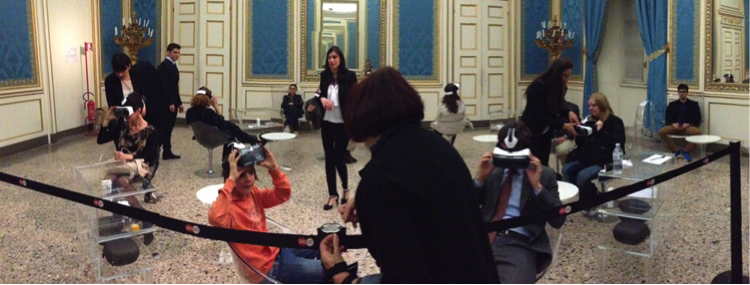
Interactive installations and projections
The new sensors made available by the world of videogames and Virtual Reality are offering new opportunities for fruition, adding interactive features. Motion sensors detect visitors' gestures and modify the content from them. On a small scale, interactive walls can be created using large touch screens. The projection itself can be used as a target for visual recognition through users' smartphones, delivering augmented reality multimedia content.
Carraro LAB designed the immersive exhibition "Sport Vr Experience", during the 2016 Olympic Games.
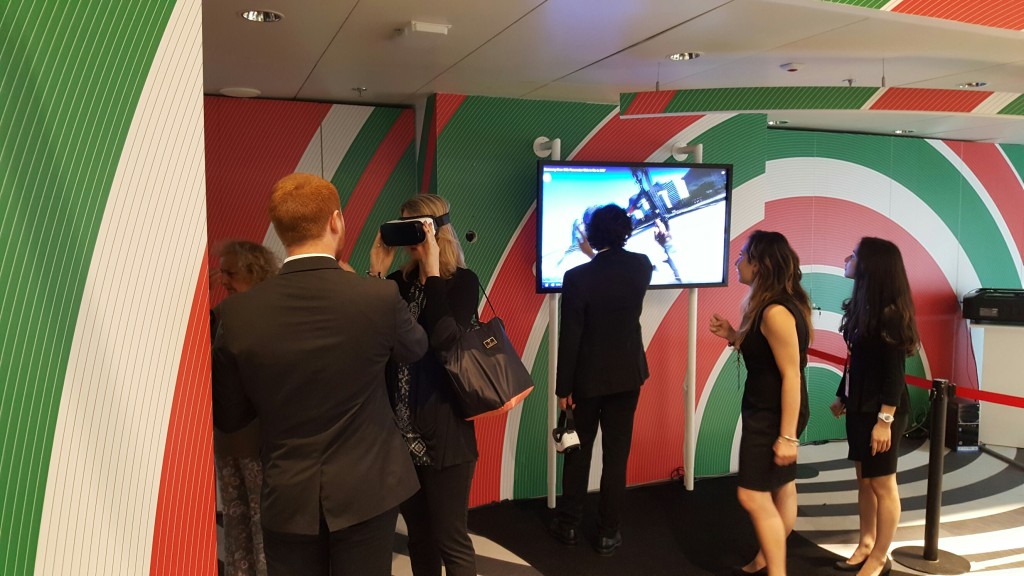
Immersive stands and stores
The immersive experience can be expressed in stands and points of sale, creating spaces of new conception that can be adapted to the exhibition needs of companies. Trade fairs, showrooms and corporate events have long been using immersive installations that involve customers and enhance the brand experience. In retail outlets, immersive walls can be stargates that lead to the production sites or contexts of use of products.
Carraro LAB has designed the immersive installation for "Casa Italia" in San Pietroburog, for the 2016 Eurasia summit.
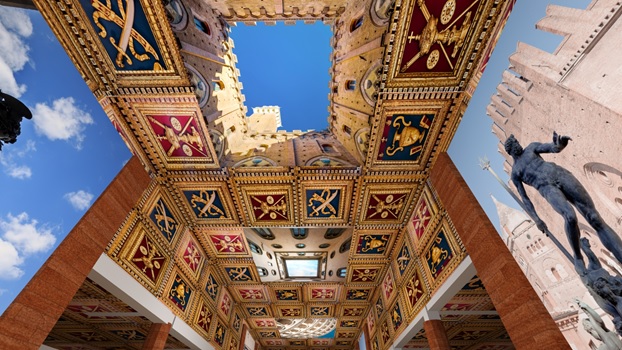
Immersive classroom
The immersive classroom is a spherical environment that projects students and teachers into virtual worlds: the installation is realized with various solutions, including panoramic projections from 180 to 360°. Immersive educational spaces can be created in classrooms, auditoriums, laboratories, corridors and common areas. These technological solutions allow the remodeling of virtual spaces in line with the chosen didactic activity.
An example of an immersive installation for education is the historical exhibition on Janello Torriani, predesigned byCarraro LAB.
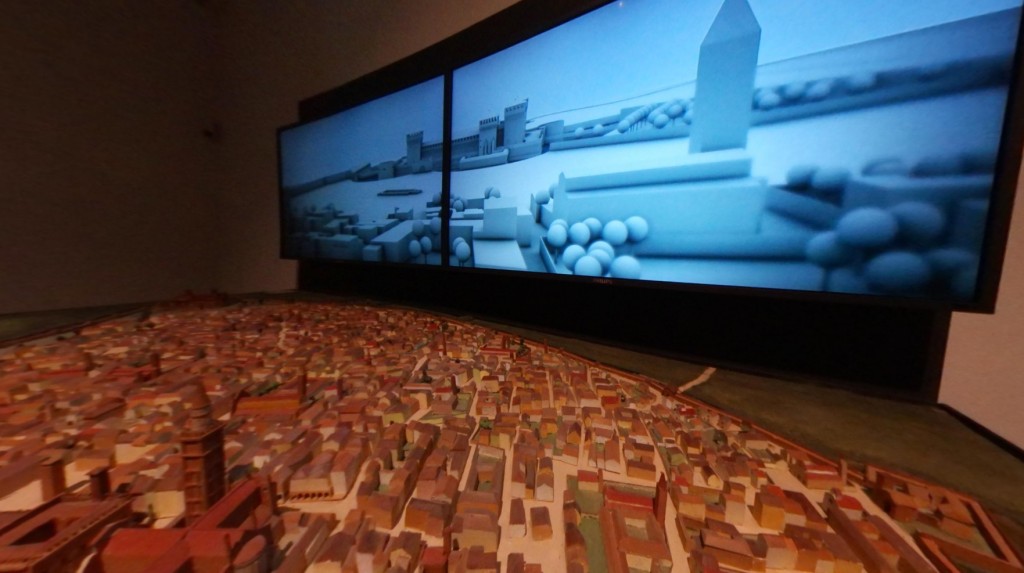
Content for immersive spaces
The immersive classrooms, equipped with ad-hoc 3D content, offer the teacher a series of virtual worlds for learning. In the immersive didactic spacesCarraro LAB develops various 3D scenarios, including reconstructions of ancient civilizations, from Ur to Rome, Geological Hours and environments of the evolution of life, the planet earth, the solar system, the human 3D body, the Divine 3D Comedy, the Places of the Bible, the cells and other microorganisms, places and landscapes of the world, museums, monuments, cities of art, cities, technologies and sceneries of the world.
